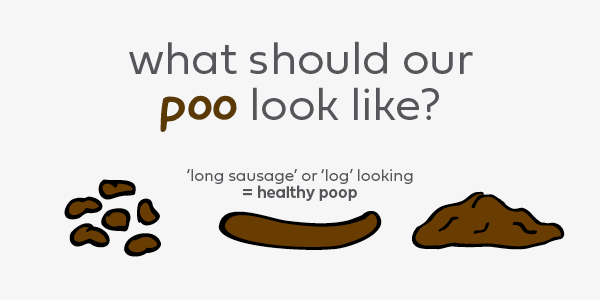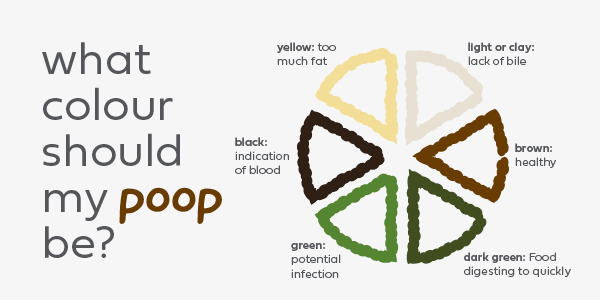Let’s Talk Poop: What Colour Should Poo Be?

We may not like to talk about it, but at aguulp, we like to have uncomfortable conversations, which is why our expert series this week is all about our poo (yay!). Poo is a key indicator of our health and it may sound funny, but the colour, consistency, and frequency of our poo can reveal a lot about our gut health and overall wellbeing.
This may not be a glamorous topic (but we never claimed to be glamorous), but paying attention to your poo is important, so this is why our experts have created this poo guide to help you determine what your poo is telling you. Read on to find out what colour should poo be and the answers to more questions you’ve always wanted the answer to.
What should poo look like?

The appearance of poo can vary from one individual to another – it can also vary in appearance from day to day for the same individual, due to a variety of factors. For most people, however, a healthy poo is generally considered to be brown in colour (although the shade can vary), soft to firm in texture, and shaped like a long sausage or ‘log’, due to the shape of the intestines and how it is formed there.
A normal healthy poo is usually passed in one piece or a few smaller pieces and can be either smooth, or smooth with cracks in appearance.
What colour should poo be?

The typical ‘brown’ colour of poo is attributed to the chemical process in which food is digested and released from the intestines. During this process, the pigments in bile (a fluid made by the liver that is needed to digest fats), change from being a yellow-green shade to brown, as a result of being chemically altered by enzymes as it passes through the digestive system.
It then combines with bilirubin, a pigment compound formed from the breakdown of red blood cells in the body, and the end result is usually a brown (or even green!) colour of the stool, both of which are considered to be normal. The amount of bile in the stool will usually determine what shade of brown the stool will be, but the colour of the stool can also be largely influenced by what we eat.
Poo colours decoded
If you’re wondering why your poo isn’t the typical brown colour following a black, yellow, or pale stool, check out our quick guide to the different poop colours below.
Why is my poo black?
Black poo can be an indication of intestinal bleeding and should always be investigated. Black poo can also occur due to certain medications and/or iron supplements. Red wine can make the stool very dark as can dark foods such as liquorice, blueberries and blackberries (just to name a few).
What does green poo mean?
As above, to a certain extent, green poo can be quite normal, especially if it is only a hint of green or if poo has a green ‘hue’ to it. However, green poo can also be a sign of infection or an underlying medical condition. It can also be caused by medications.
If your stools are fully green or dark green in colour, this could indicate that food may be moving through the large intestine too quickly, such as in the case of diarrhoea. Consequently, insufficient breakdown of bile may occur.
Other answers to ‘what does green poo mean?’ can include a high intake of chlorophyll in the diet, such as dark leafy vegetables like spinach, broccoli, and kale. It can also be caused by intakes of foods in the diet that contain artificial green pigments, such as green food colouring and sweets. Iron supplements can potentially cause green stools too.
Why is my poo yellow?
Yellow stools usually means there is too much fat in the stool, especially if accompanied with a foul-smelling odour and if it’s greasy in appearance. It can be a sign that the body isn’t digesting food properly, such as in the case with coeliac disease for example, or other malabsorption disorders. Stress can also cause yellow poo, as when we’re stressed, our digestive system does not work as efficiently and can result in food being passed through the digestive system too quickly.
Bright yellow stools may be indicative of a condition known as giardiasis, a parasite infection of the intestines.
Why is my poo pale?
Light-coloured, white or clay-coloured poo usually means there is a lack of bile in the stool (since bile gives poo its brown colour) and may indicate a bile duct obstruction. Certain medications can also cause pale coloured stools. Pale poos are not likely to be due to changes in the diet.
It is always important to consult your healthcare provider if you’re concerned about your stool colour.
Read about how often you should poo to stay healthy, or contact us if you have any questions.
